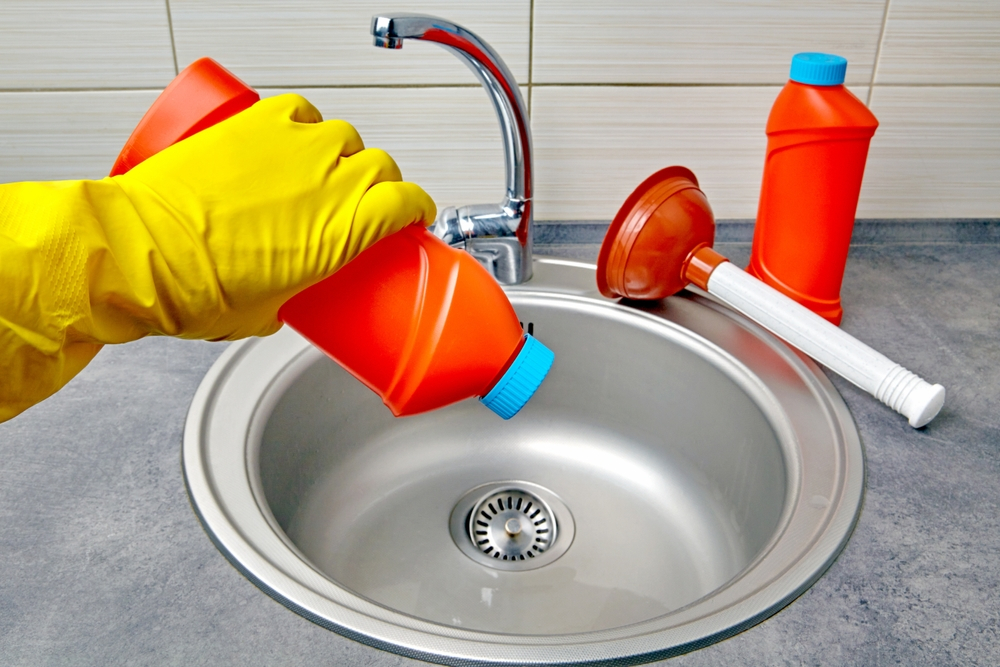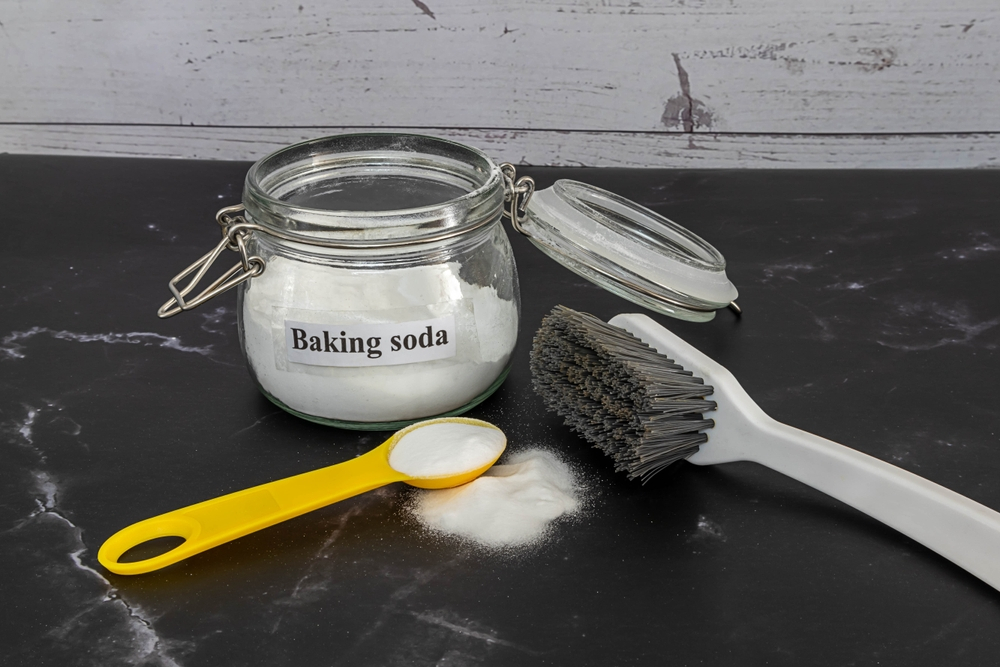The Hidden Dangers of Drain Cleaners: Uncovering Harmful Chemicals
In the vast tapestry of household items, few are as commonplace yet often overlooked as drain cleaners. Nestled beneath sinks or nestled within utility closets, these unassuming bottles hold within them the promise of swiftly resolving one of life’s persistent plumbing predicaments – the dreaded clogged drain. Yet, beneath their innocuous facade lies a potent cocktail of chemicals, capable of wreaking havoc on both human health and environmental ecosystems. In this comprehensive exploration, we embark on a journey through the murky world of drain cleaners, shedding light on the harmful chemicals they contain and the significant threats they pose to our well-being and the delicate balance of our planet.
I. The Most Common Chemicals Found in Drain Cleaners
Drain cleaners rely on a potent combination of chemicals to dissolve stubborn clogs and obstructions. Among the most prevalent are sodium hydroxide, sulfuric acid, and hydrochloric acid.
Sodium hydroxide, also known as caustic soda, is a powerful alkaline compound prized for its ability to break down grease and organic materials. Through a process known as saponification, it transforms fats into soap-like substances that can be easily rinsed away. Sulfuric acid and hydrochloric acid, meanwhile, excel at disintegrating tough protein-based clogs, such as hair and food residues. Their highly corrosive nature allows them to rapidly dissolve organic matter, clearing blockages with relative ease.
However, the very attributes that render these chemicals effective also make them inherently hazardous. Sodium hydroxide, in its concentrated form, can cause severe burns upon contact with skin or eyes. Inhalation of its vapors may result in respiratory irritation, while ingestion can lead to corrosive damage to the gastrointestinal tract. Similarly, sulfuric acid and hydrochloric acid pose significant risks to human health, causing burns, irritation, and tissue damage upon contact.

II. The Health Risks Associated with Drain Cleaners
The consequences of exposure to drain cleaner chemicals extend beyond superficial burns and irritation, encompassing a spectrum of health risks. Inhalation of toxic fumes can lead to respiratory distress, exacerbating pre-existing conditions such as asthma or chronic bronchitis. Prolonged or repeated contact with these chemicals can cause dermatitis, characterized by redness, swelling, and blistering of the skin. The eyes are particularly vulnerable to damage, with exposure to drain cleaner solutions potentially resulting in severe irritation, corneal burns, or even permanent vision loss.
Moreover, the corrosive nature of these chemicals poses a risk of internal injury if ingested accidentally. Ingestion of drain cleaner solutions can cause chemical burns to the mouth, throat, and esophagus, leading to pain, difficulty swallowing, and in severe cases, life-threatening complications. Additionally, certain chemicals found in drain cleaners have been linked to adverse systemic effects, including disruptions to metabolic processes and organ dysfunction.
III. Environmental Impact of Drain Cleaners
Beyond the immediate concerns for human health, the environmental impact of drain cleaners looms large. When flushed down drains, these chemicals enter wastewater systems, where they can contaminate freshwater sources and endanger aquatic ecosystems.
Sulfuric acid and hydrochloric acid, in particular, are known to be highly toxic to aquatic life, with even small concentrations capable of causing significant harm. Fish and other aquatic organisms exposed to these pollutants may experience tissue damage, impaired reproductive function, and disruption of vital physiological processes. Furthermore, the accumulation of chemical residues in sediments and soils can persist long after the initial discharge, posing ongoing risks to ecosystem health.
Moreover, the production and use of drain cleaners contribute to air pollution through the release of volatile organic compounds (VOCs) and other airborne contaminants. These emissions can contribute to smog formation and exacerbate respiratory conditions in humans and wildlife alike. Additionally, the manufacture of drain cleaner products often involves the consumption of fossil fuels and the generation of greenhouse gas emissions, further contributing to climate change and environmental degradation.
IV. Safer Alternatives to Traditional Drain Cleaners
In light of the potential hazards associated with traditional drain cleaners, many consumers are seeking safer alternatives for maintaining their plumbing systems. Fortunately, a variety of non-toxic and environmentally friendly options exist for effectively clearing clogs and blockages.
Simple mechanical tools, such as plungers and drain snakes, offer a chemical-free approach to clearing drains. By applying pressure or physically removing obstructions, these tools can dislodge clogs without the need for corrosive chemicals. Additionally, enzymatic drain cleaners, which utilize naturally occurring enzymes to break down organic matter, offer a gentler alternative to traditional caustic cleaners.
For those inclined towards DIY solutions, common household ingredients like baking soda and vinegar can be combined to create a safe and effective drain cleaner. When mixed together, these pantry staples produce a foaming reaction that helps to dislodge clogs and neutralize odors. Lemon juice, borax, and salt are other natural alternatives that can be used to clean drains without resorting to harsh chemicals.

V. Importance of Proper Disposal and Responsible Usage
In addition to seeking safer alternatives, it is crucial to emphasize the importance of proper disposal and responsible usage of drain cleaners. Improper disposal of these chemicals can lead to contamination of water sources and soil, posing risks to human health and environmental integrity. Municipalities often have specific guidelines for the disposal of hazardous waste, including drain cleaners, and it is essential to adhere to these regulations to minimize harm.
Furthermore, responsible usage entails taking precautions to prevent accidental exposure to drain cleaner chemicals. This includes wearing appropriate protective gear, such as gloves and goggles, when handling these products, as well as ensuring adequate ventilation in areas where they are used. Additionally, it is important to store drain cleaners securely out of reach of children and pets to prevent accidental ingestion or contact.
Conclusion:
In conclusion, the hidden dangers of drain cleaners extend far beyond their immediate utility, posing significant risks to both human health and the environment. The corrosive chemicals contained within these products can cause severe burns, respiratory irritation, and environmental contamination if mishandled or improperly disposed of. By raising awareness of these risks and promoting safer alternatives, we can mitigate the potential harm posed by traditional drain cleaners and safeguard the well-being of ourselves and future generations. Let us choose wisely, handle with care, and embrace eco-friendly solutions for a cleaner, healthier world.
Plumbing Services CA
https://maps.app.goo.gl/31Yt4rhDrainzNJ4A
(279) 203-0765
https://plumbingservicesca.com/
